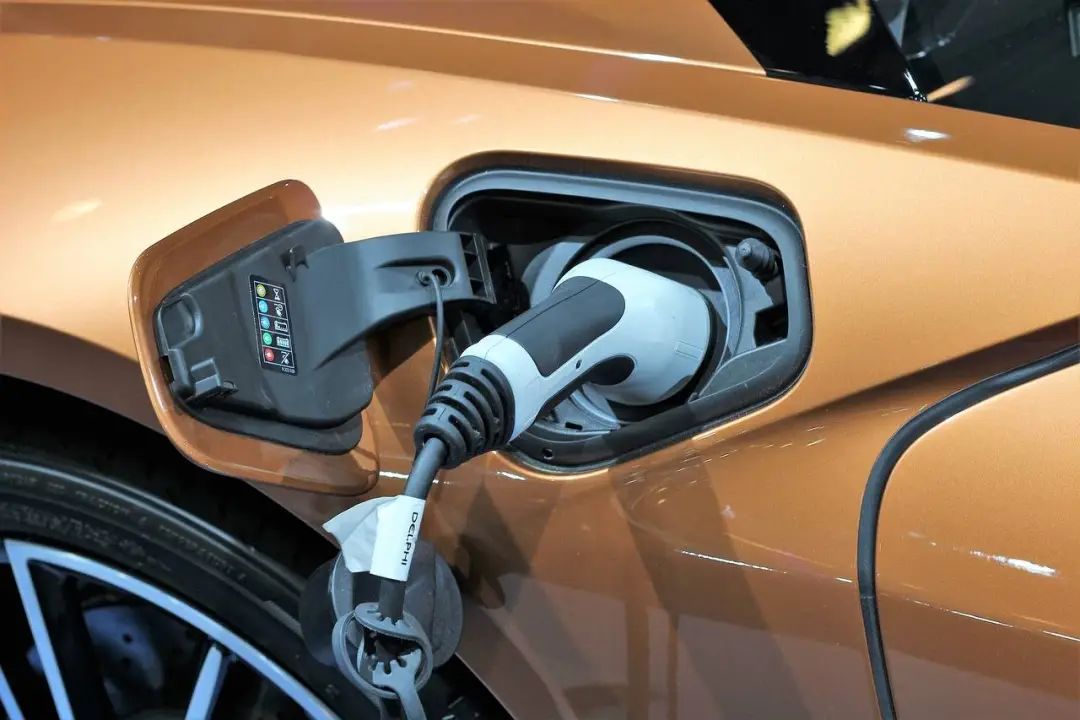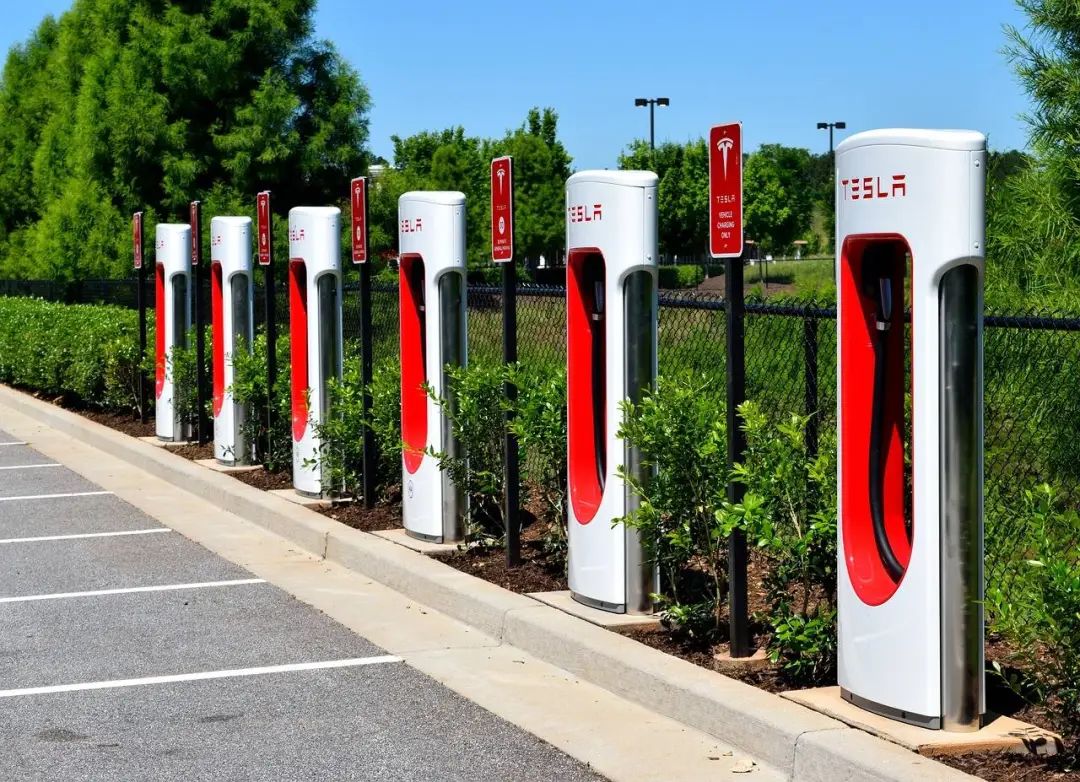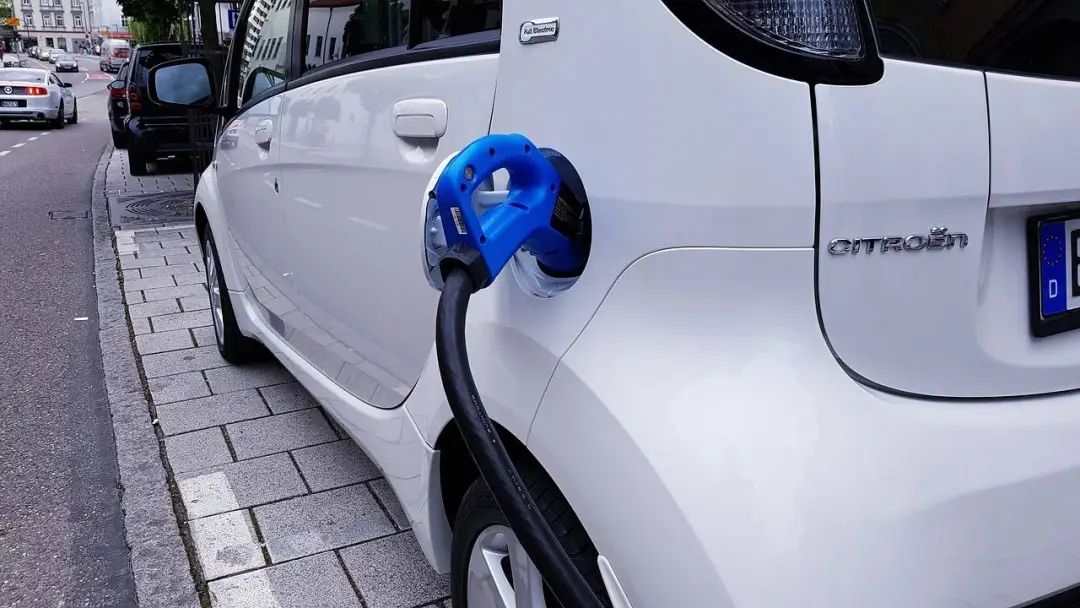Extended-range vehicles have become the new darling of the market, why are new energy vehicle companies all developing extended-range vehicles?
![]() 09/27 2024
09/27 2024
![]() 481
481
In the new energy vehicle market, there is a distinct pecking order, basically with pure electric new energy vehicles looking down on extended-range new energy vehicles, extended-range new energy vehicles looking down on hybrid electric vehicles, and hybrid electric vehicles looking down on traditional gasoline vehicles. This has almost become the norm. However, recently extended-range vehicles have become the new darling of the market. Why are new energy vehicle brands all developing extended-range vehicles? What are the underlying reasons?

I. Extended-range vehicles defy market trends to become the new darling
According to Jiemian News, an increasing number of domestic automakers are abandoning the single pure electric route and joining the ranks of extended-range electric vehicles.
According to 36Kr, XPeng Motors is fully committed to developing its first extended-range vehicle, with the prototype being the current flagship G9 SUV. The vehicle is positioned as a large SUV and is expected to enter mass production in the second half of 2025.
Extended-range vehicles were once ignored by automakers with an engineering mindset due to their simple structure and inability to achieve multiple driving modes. However, amid the ongoing price war, pure electric vehicles have seen a slowdown in growth due to difficulties in significantly reducing battery costs and persistent range anxiety issues.
In contrast, extended-range vehicles have seen significant sales and market share growth due to their advantages such as efficient operation of the internal combustion engine, cost reduction potential from omitting the transmission mechanism, and improved fast-charging technology for small batteries.
Entering 2024, automakers are gradually becoming more pragmatic in their electric transformation. Multiple multinational automakers have recently announced plans to abandon short-term transitions to pure electric vehicle production.
According to Jinrong Jie, AVATR recently held a press conference to officially join the extended-range technology route. In addition to AVATR, other pure electric brands such as Zeekr, Aion, and IM Motors also plan to launch extended-range vehicles. The extended-range technology, which was ridiculed as "backward" just a few years ago, is now sweeping the Chinese automotive market.

In 2020, Bernd Steinke, then CEO of Volkswagen Group China, criticized extended-range technology as the "worst solution." Many automaker executives publicly supported this view. Unexpectedly, over the past few years, not only has the "worst solution" not been eliminated, but an increasing number of automakers have joined the extended-range technology route. In the past few years, new energy automakers that previously only produced pure electric vehicles, such as Nezha and Leapmotor, have entered the extended-range market and achieved rapid growth, with Leapmotor even entering the top three in sales among new energy automakers.
In the automotive market, sales speak volumes. Li Auto, which has grown through extended-range technology, was once heavily criticized but has seen decreasing skepticism as its sales soar. In November 2022, Li Xiang, founder of Li Auto, predicted that domestic automakers that insist on multi-gear PHEV will switch to extended-range technology within the next one to two years. Li Xiang's prediction appears to be conservative, as not only PHEV automakers but also an increasing number of automakers are transitioning from "questioning Li Auto" to "becoming Li Auto."
Data shows that the top three new energy automakers in China in terms of sales are Li Auto, AITO, and Leapmotor. The flagship models of these three automakers all use extended-range technology. This year, Zeekr, AVATR, IM Motors, and Aion have also announced plans to launch extended-range vehicles. Additionally, there are rumors that Xiaomi is developing extended-range vehicles, although this has not been officially confirmed.

II. Why are new energy automakers all developing extended-range vehicles?
Many people considered extended-range vehicles a transitional product, but many brands have now turned around and embraced or even invested in this technology. What are the underlying reasons for this shift? How should we view this phenomenon?
Firstly, hybrid technology was a common choice in the early stages of new energy vehicle development. Due to immature battery technology and limited driving range, hybrid modes became the preferred entry point for many automakers into the new energy market. Most hybrid vehicles during this period used plug-in hybrid technology, allowing vehicles to be charged from an external power source and relying on an internal combustion engine when the battery is depleted. While plug-in hybrids alleviated range anxiety to some extent, their complex power systems and high costs limited their market penetration.
Enter the extended-range electric vehicle, which can achieve its full dynamic performance in pure electric mode. When the on-board rechargeable energy storage system cannot meet the driving range requirements, an on-board auxiliary power supply device (range extender) provides electrical energy to the power system to extend the driving range. Its core components include the battery pack, electric motor, range extender, and control system. Compared to plug-in hybrids, the engine in an extended-range electric vehicle does not directly participate in driving but acts as a small generator, supplying power to the battery or electric motor.
Li Auto, known for its extended-range vehicles, has achieved significant success in the market. Its extended-range models have won widespread recognition from consumers for their long driving range, good driving experience, and relatively low cost. Li Auto's success has not only led the trend of extended-range electric vehicles but also sparked interest and investment in this technology from other new energy automakers. There is a saying in the automotive industry, "Question Li Auto, understand Li Auto, become Li Auto," which fully reflects the profound impact of Li Auto's success in the extended-range field on the market.

Secondly, extended-range technology significantly alleviates range anxiety. The biggest advantage of extended-range electric vehicles is that they significantly alleviate range anxiety for users. Despite the increasing maturity of electric vehicle technology, the infrastructure for charging stations has not yet achieved full coverage, which restricts the widespread acceptance of electric vehicles.
Charging an electric vehicle takes longer and is less efficient than refueling a gasoline vehicle, causing inconvenience for many potential users when facing long-distance travel or emergency use. Extended-range technology addresses this issue by equipping the vehicle with a small engine that acts as a "power bank," automatically starting to charge the battery or directly power the electric motor when the battery is low, effectively extending the vehicle's driving range and reducing range anxiety.
Furthermore, compared to plug-in hybrids, extended-range electric vehicles have a simpler power system design. While plug-in hybrids also combine a gasoline engine and an electric motor, their gasoline engines usually participate directly in driving and require complex transmission systems for power distribution and efficient output. In contrast, the gasoline engine in an extended-range electric vehicle mainly functions as a generator, not directly participating in driving, thereby eliminating the need for a complex transmission system and reducing system complexity and failure rates. This design not only potentially reduces manufacturing costs but also simplifies maintenance work.
Moreover, this characteristic of extended-range electric vehicles provides low-barrier entry into the hybrid market for many emerging automakers without traditional gasoline vehicle production experience. By omitting complex engine and transmission calibration processes, these new automakers can focus more on enhancing core competencies such as battery technology, electric control systems, and intelligence, thereby rapidly launching products that meet market demand. This flexibility and innovation accelerate diversification in the electric vehicle industry and promote technological progress and transformation in the automotive industry as a whole.

Thirdly, the dual cost advantages of extended-range vehicles facilitate their popularization. From a research and development (R&D) cost perspective, extended-range electric vehicles have relatively low design complexity. They combine the engine of a traditional gasoline vehicle as a range extender with an electric drive system, adopting a "dual-mode" power system design that is technically mature and easy to implement. Compared to pure electric vehicles, extended-range electric vehicles do not need to completely abandon internal combustion engine technology, allowing them to draw upon and optimize existing gasoline vehicle technology, reducing R&D investment from scratch.
Compared to plug-in hybrids, extended-range electric vehicles have a simpler power distribution and control strategy because their primary task is to extend the driving range of electric vehicles rather than frequently switch between pure electric and hybrid modes, further reducing R&D costs.
Simultaneously, extended-range electric vehicles also have significant manufacturing cost advantages. Unlike pure electric vehicles, which require high-capacity battery packs to meet long-distance driving needs, extended-range electric vehicles can save on battery costs. Although they still need an internal combustion engine as a range extender, this engine can often be smaller and lower-powered, further reducing material costs and production complexity. Additionally, the transmission system and chassis structure of extended-range electric vehicles can draw upon traditional gasoline vehicle designs, making overall manufacturing costs more manageable.
The dual cost advantages directly translate into pricing advantages for the products. In the same vehicle segment, extended-range electric vehicles can enter the market at more affordable prices, significantly appealing to consumers. Moreover, with proper cost control, automakers have greater flexibility in pricing strategies, allowing them to either maintain prices while upgrading vehicle configurations or reduce prices while maintaining configurations to enhance market competitiveness.

Thus, while pure electric technology may be the ultimate direction for new energy vehicle development in the long run, extended-range electric vehicles remain a viable option for many new energy automakers at this stage. The success stories of brands like Li Auto and Huawei Askey have proven the market potential of extended-range technology. For new energy automakers facing bottlenecks in the pure electric market, transitioning to extended-range technology is undoubtedly a more suitable choice.








